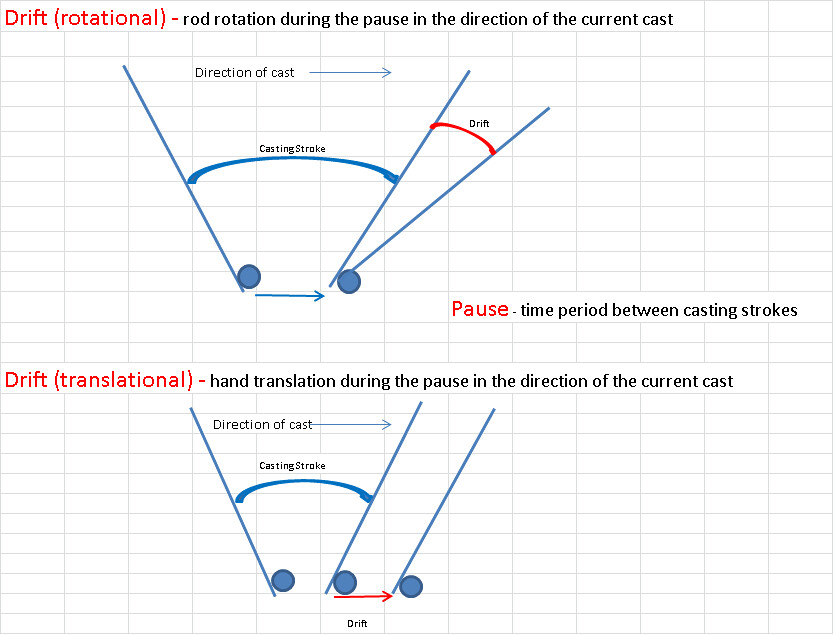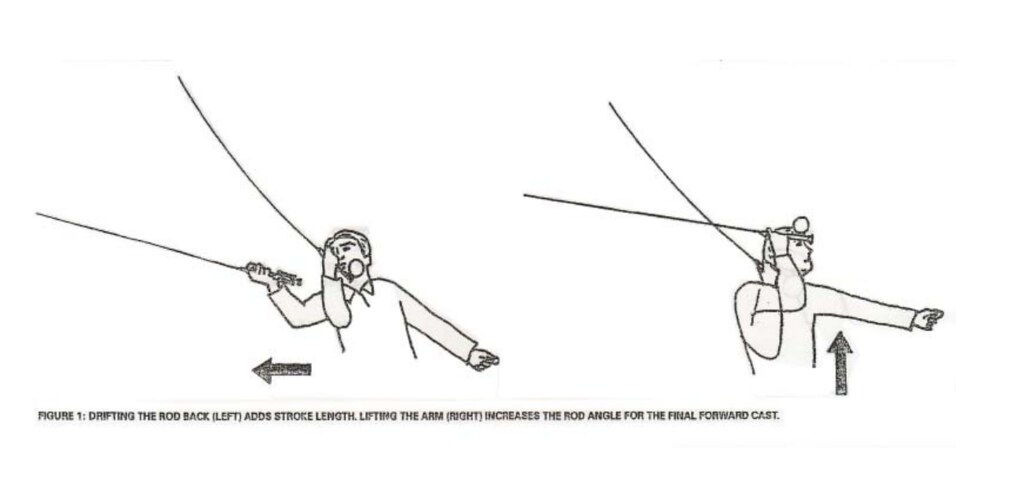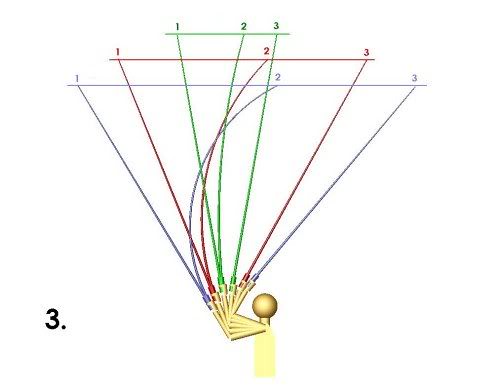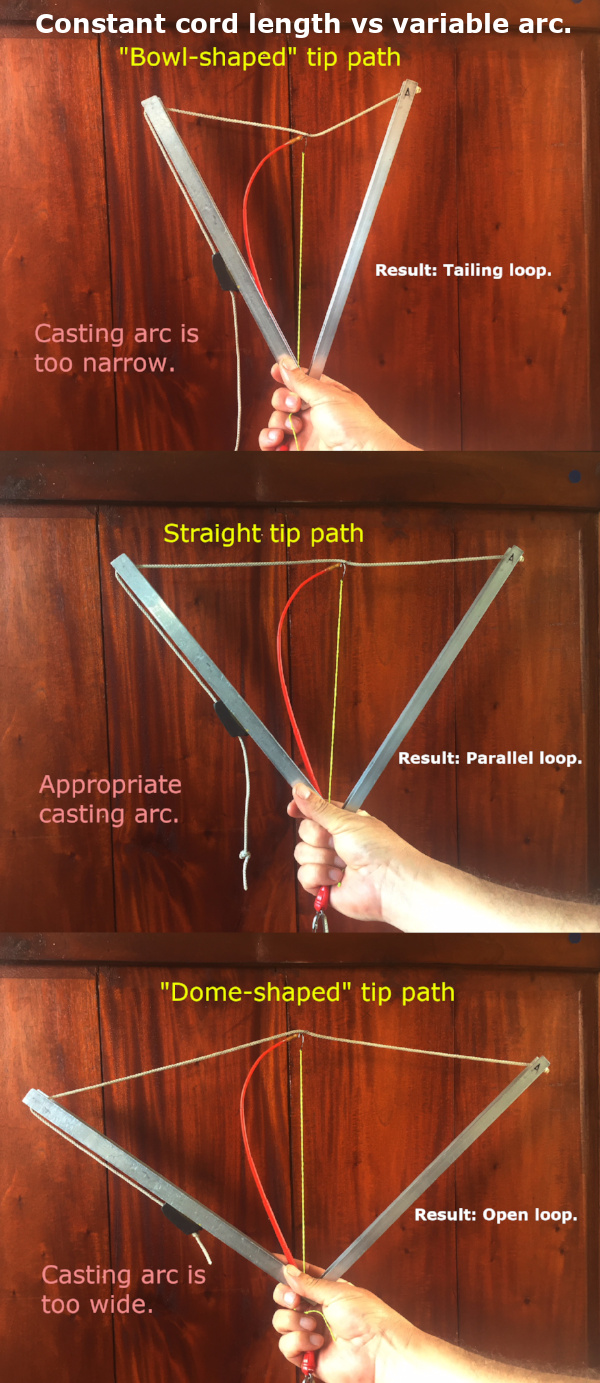I believe I understand fully what you're saying here, but first I think we can both agree on that the same rod/line combination needs to travel the same distance in order to achieve the results we're looking for. In other words if we were to compare two casters casting side by side with the same length of line and achieving good loops, if we were to measure the actual distance the tip moved on both their rods it would be identical or very close the only difference might be their actual stroke length, as caster A is considerably stronger, taller, or longer arms than say caster B his stroke would/could be much more compact as his physical makeup allows him to achieve same distance the tip moves by moving his arm/hand less. Am I missing anything?
Yes you are missing something. I do not agree that the same rod/line combination needs to travel the same distance to achieve the results (the same results) we are looking for.
The reason I gave you the video of Chris Korich is that even if someone had the identical stroke path of the ROD tip as Chris, they could not cast as far. Similarly, even if a baseball pitcher had the same body and arm profile as Nolan Ryan, they could not throw the ball as fast. It is NOT only about the stroke path or even about the rod tip path. Even the rod stop comes into the equation. A more efficient rod stop will transfer the rod load to the fly line better.
A tournament caster accelerates the rod FASTER and more smoothly than a recreational caster so they can cast farther with a shorter stroke length and rod tip path. Let use assume that fly line loop shapes are identical for two casts. The cast that will go the farther is the one with the higher fly line velocity. An elite tournament caster can achieve that higher velocity with a shorter rod stroke. But even that does not consider all the variables.
Since the rod tip path is shorter, and the rate of acceleration of the rod is faster; the fly rod bends more deeply (note that in the video of Chris Korich the rod butt is bending), and this brings the rod tip closer the the caster's hand.
That means that although the rod tip itself travels in a straight line, the stroke path of the caster hand must COMPENSATE for the rod tip shortening and the caster must change the rod stroke to account for the degree of acceleration.
The image below shows how the rod actually shortens during different casting lengths. The distance between the rod tip and the casters hand is the chord = the line connecting two points on an arc or circle. Although the rod shortening is demonstrated for different casting lengths, the differences in rod shortening would occur with differing rates of acceleration for the same casing lengths. The shorter stroke having the faster acceleration and greater rod shortening.
I suggest you buy Jason Borger's new book on fly casting. Then work on the casting modules to improve your cast.
Sexyloops - Jason Borger's Single-Handed Fly Casting
Single Handed Fly Casting (book review) << One More Last Cast
https://flyfishersinternational.org/Portals/0/Documents/Casting/The Loop/2017.APR-JUL.LOOP.pdf




